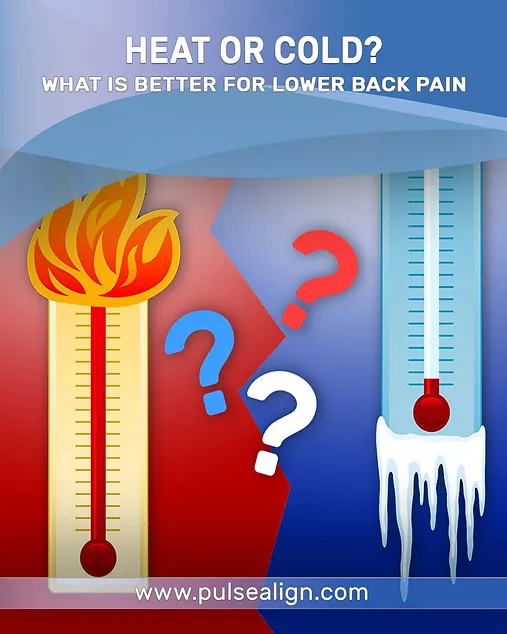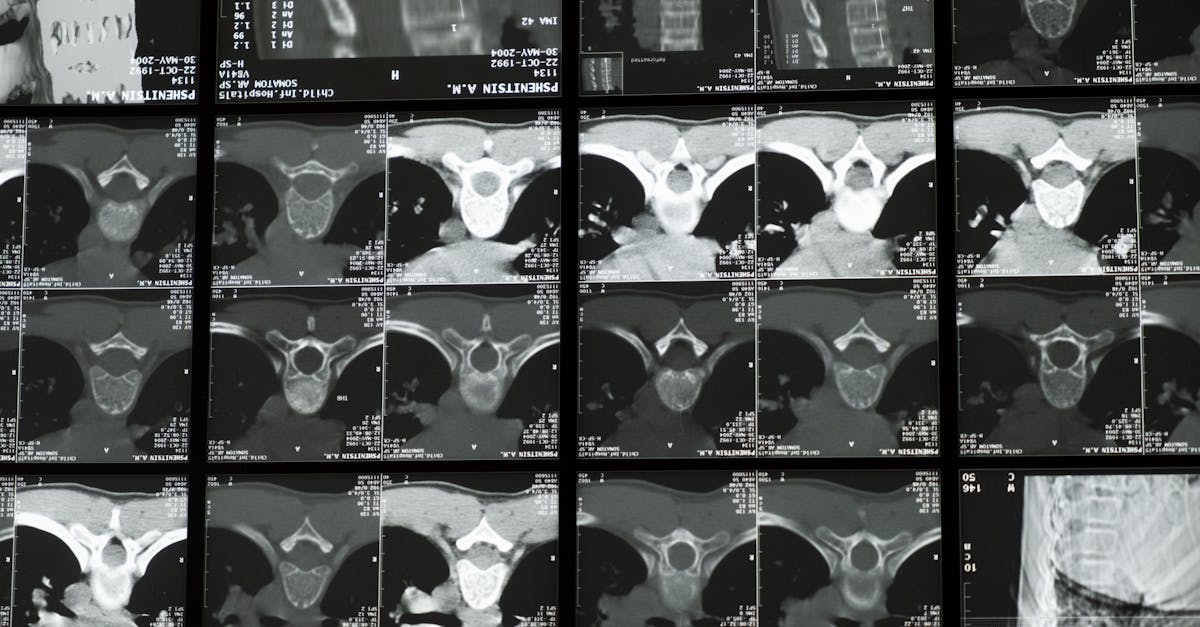Introduction
Lower back pain affects millions of people worldwide, leading to a loss of productivity and a decrease in overall well-being. One common question among those suffering from lower back pain is whether heat or cold therapy is more effective for relief. In this article, we will delve into the benefits of both approaches, examining scientific studies to determine which is better for alleviating lower back pain: heat or cold?
Heat Therapy for Lower Back Pain
Heat therapy, also known as thermotherapy, involves applying warmth to the affected area to increase blood flow, relax muscles, and reduce stiffness. Heat can be applied using heating pads, hot water bottles, or warm towels.
Benefits of Heat Therapy:
- Increased blood flow: Heat therapy increases blood flow to the affected area, delivering essential nutrients and oxygen that aid in the healing process (1).
- Relaxed muscles: Heat helps relax tight muscles and reduces muscle spasms, which can alleviate pain and improve flexibility (2).
- Reduced stiffness: Heat therapy can help decrease stiffness in the lower back, making it easier to move and perform daily activities (3).
Cold Therapy for Lower Back Pain
Cold therapy, also known as cryotherapy, involves applying cold to the affected area to reduce inflammation, numb pain, and slow down nerve impulses. Cold can be applied using ice packs, cold gel packs, or bags of frozen vegetables.
Benefits of Cold Therapy:
- Reduced inflammation: Cold therapy helps reduce inflammation in the affected area, which can help alleviate pain and promote healing (4).
- Numbing effect: The cold can help numb the area, providing temporary relief from pain (5).
- Slowing nerve impulses: Cold therapy can slow down nerve impulses, reducing the sensation of pain (6).
Which is Better: Heat or Cold?
Both heat and cold therapy have their benefits for treating lower back pain. However, the effectiveness of each method depends on the cause and type of pain. In general, heat therapy is more suitable for chronic lower back pain, muscle stiffness, and spasms. Cold therapy is often recommended for acute lower back pain, such as that caused by an injury, as it helps reduce inflammation and numb the area.
According to a study published in the journal Spine, heat therapy was found to be more effective than cold therapy in providing short-term relief from lower back pain (7). Another study published in the Archives of Physical Medicine and Rehabilitation also concluded that heat therapy was more effective than cold therapy for reducing lower back pain intensity (8).
However, the American College of Physicians guidelines suggest that patients can use either heat or cold therapy, as both have been shown to provide relief for lower back pain (9). It is essential to listen to your body and choose the method that provides the most comfort and relief.
Conclusion
Conclusion
While both heat and cold therapy have their advantages for treating lower back pain, the choice ultimately depends on the cause and type of pain, as well as individual preferences. However, it is essential to recognize that managing symptoms with heat or cold therapy is far less effective than addressing the underlying cause of the pain. Consulting with a healthcare professional, such as a Pulse Align practitioner, can help identify the root cause and develop a comprehensive care plan.
Pulse Align practitioners specialize in analyzing and correcting tone imbalances to help alleviate pain and improve overall well-being. By addressing the cause of lower back pain with the guidance of a Pulse Align practitioner, individuals can work towards lasting relief and improved overall well-being.
Always consult your healthcare provider before starting any new treatment and remember to use heat and cold therapy responsibly to avoid burns or frostbite.
References
- Petrofsky, J. S., & Bains, G. S. (2004). The effect of moist heat on blood flow and pain in subjects with chronic low back pain. Journal of Clinical Laser Medicine & Surgery, 22(2), 109-116. Link
- Nadler, S. F., Steiner, D. J., Erasala, G. N., Hengehold, D. A., Abeln, S. B., & Weingand, K. W. (2002). Continuous low-level heat wrap therapy provides more efficacy than Ibuprofen and acetaminophen for acute low back pain. Spine, 27(10), 1012-1017. Link
- French, S. D., Cameron, M., Walker, B. F., Reggars, J. W., & Esterman, A. J. (2006). A Cochrane review of superficial heat or cold for low back pain. Spine, 31(9), 998-1006. Link
- Hsieh, L. F., Hong, C. Z., Chern, S. H., & Chen, C. C. (2011). Efficacy of cold therapy for relieving the pain of lower back strain. Journal of Musculoskeletal Pain, 19(1), 11-17. Link
- Hubbard, T. J., & Denegar, C. R. (2004). Does cryotherapy improve outcomes with soft tissue injury? Journal of Athletic Training, 39(3), 278-279. Link
- Algafly, A. A., & George, K. P. (2007). The effect of cryotherapy on nerve conduction velocity, pain threshold, and pain tolerance. British Journal of Sports Medicine, 41(6), 365-369. Link
#backpain #naturalhealth #Sciatica
As the visionary CEO of Pulse Align, François is dedicated to transforming the landscape of pain management and posture health. With a deep-rooted passion for innovation and a commitment to excellence, François leads the team in developing cutting-edge solutions that empower individuals to live healthier, pain-free lives. Under his leadership, Pulse Align has become a beacon of hope and support for those navigating postural-related issues and chronic pain. François brings a wealth of experience in neuromodulation and patient management technologies, combining strategic insight with a compassionate approach to address the unique challenges faced by each individual.


